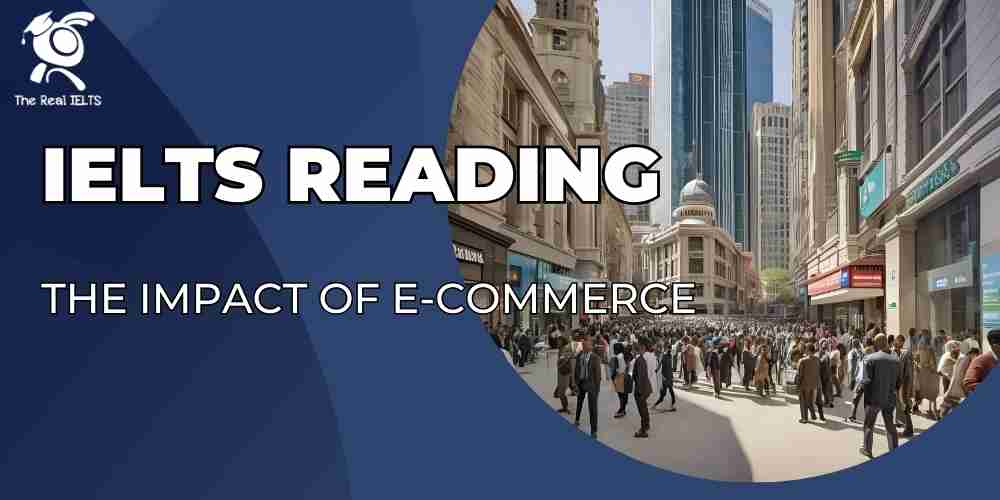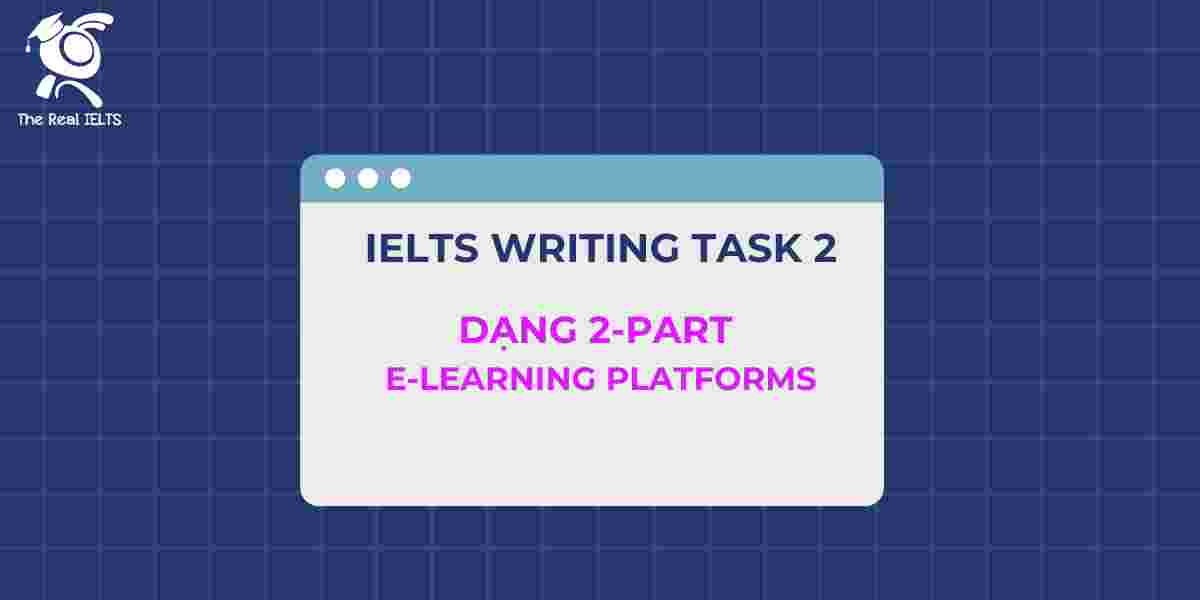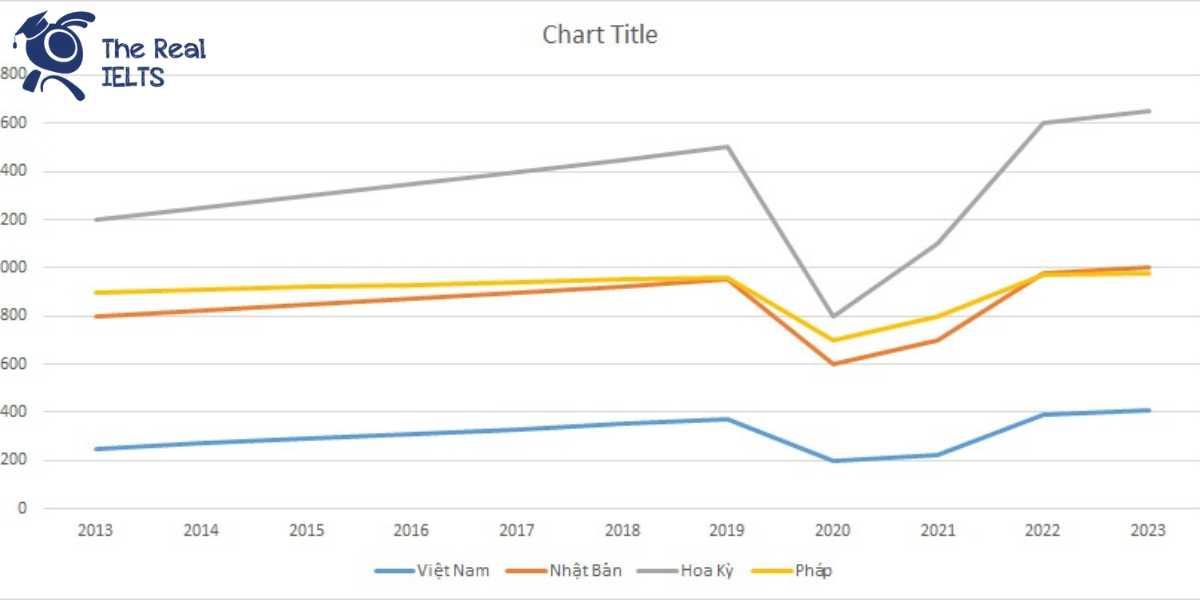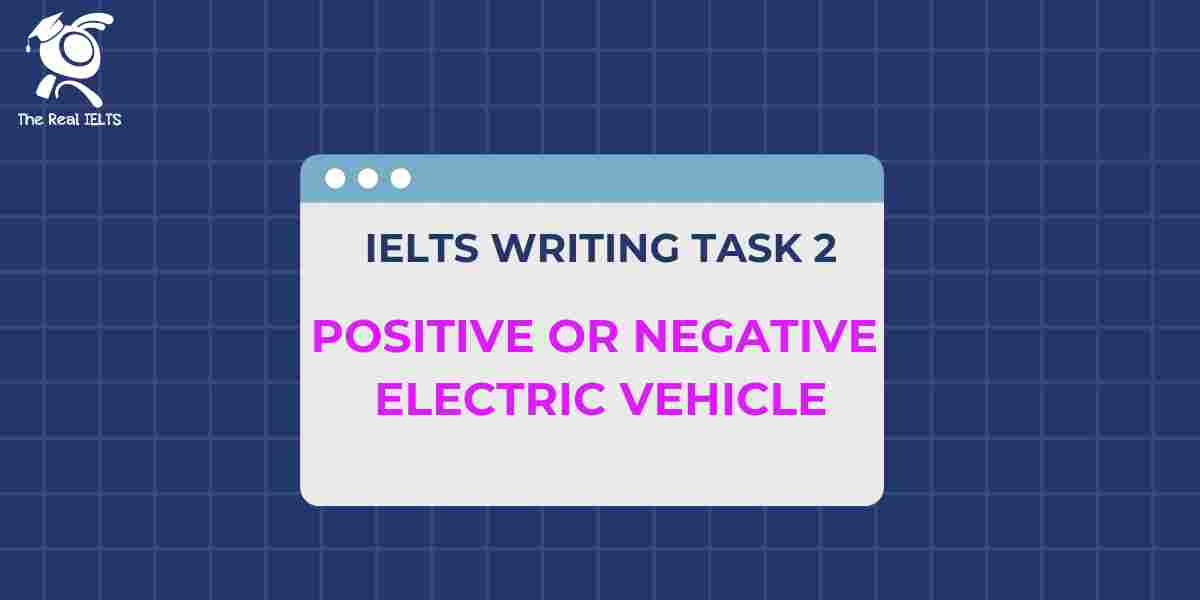IELTS Reading 70: The impact of e-commerce là chủ đề thuộc chuỗi bài luyện tập 11 dạng bài IELTS Reading và các bài tập luyện tập.
Học lại bài cũ: IELTS Reading 69: The role of banks in the economy.
IELTS Reading: The impact of e-commerce
E-commerce, or electronic commerce, refers to the buying and selling of goods and services over the internet. Over the past two decades, it has fundamentally transformed the global marketplace, providing consumers with unprecedented access to products and services from around the world. This shift has not only altered consumer behavior but has also led to significant changes in business operations.
One of the most notable impacts of e-commerce is the convenience it offers. Consumers can shop at any time and from anywhere, eliminating the constraints of traditional brick-and-mortar stores. This convenience has encouraged more consumers to engage in online shopping, resulting in an exponential increase in e-commerce sales. According to recent statistics, global e-commerce sales are projected to reach over $6 trillion by 2024, underscoring its growing significance in the economy.
Additionally, e-commerce has expanded the market reach for businesses, allowing even small enterprises to compete on a global scale. With minimal overhead costs, companies can set up online stores and reach customers beyond their local markets. This democratization of commerce has fostered innovation, as businesses strive to differentiate themselves through unique products and enhanced customer experiences.
However, the rise of e-commerce has also presented challenges. Traditional retailers have struggled to keep up with the rapid shift to online shopping, leading to store closures and job losses in certain sectors. Moreover, issues related to cybersecurity have become increasingly prevalent, with consumers facing risks such as data breaches and identity theft.
Furthermore, e-commerce has implications for supply chains and logistics. As demand for rapid delivery services increases, companies must adapt their operations to meet consumer expectations. This has led to significant investments in logistics infrastructure and technology, including automation and artificial intelligence.
In conclusion, e-commerce has had a profound impact on both consumers and businesses, reshaping the way commerce is conducted. While it offers numerous benefits such as convenience and market expansion, it also poses challenges that must be addressed to ensure a sustainable and secure online shopping environment.
Questions
1. Multiple Choice
Question 1: What is one major benefit of e-commerce mentioned in the passage?
A. It reduces job opportunities for traditional retailers.
B. It allows consumers to shop at any time.
C. It increases the costs for small businesses.
D. It limits market reach for companies.
2. True/False/Not Given
Question 2: E-commerce has led to the closure of many traditional retail stores.
Question 3: All consumers feel completely safe when shopping online.
Question 4: The passage states that e-commerce sales are decreasing.
3. Yes/No/Not Given
Question 5: The author believes that e-commerce is beneficial for small businesses.
Question 6: Cybersecurity issues are not a concern for consumers.
Question 7: The passage indicates that convenience is a key factor for online shopping.
4. Matching Information
Question 8: Match the following impacts of e-commerce with their descriptions:
- a) Convenience
- b) Market Expansion
- c) Job Losses
- d) Cybersecurity Risks
5. Matching Headings
Question 9: Choose the appropriate heading for each paragraph:
- i) The Growing Popularity of Online Shopping
- ii) Challenges Faced by Traditional Retailers
- iii) The Role of Technology in E-commerce
- iv) Future Trends in E-commerce
6. Matching Sentence Endings
Question 10: Complete the following sentences:
- a) E-commerce has transformed the marketplace by…
- b) Traditional retailers are struggling due to…
- c) Rapid delivery services are essential because…
7. Sentence Completion
Question 11: The rise of e-commerce has led to a significant increase in _________ globally.
8. Summary Completion
Question 12: E-commerce provides consumers with _________, allowing them to shop anytime and from anywhere.
9. Diagram Label Completion
Question 13: Complete the labels for the diagram that illustrates the e-commerce process, including stages like consumer search, purchase, and delivery.
10. Short Answer Questions
Question 14: What are two significant challenges posed by the rise of e-commerce?
11. Table/Flowchart/Note Completion
Fill in the table with the impacts of e-commerce on consumers and businesses based on the text.
| Impacts | On Consumers | On Businesses |
|---|---|---|
| Convenience | ||
| Market Expansion | ||
| Job Losses | ||
| Cybersecurity Risks | ||
| Investment in Technology |
Đáp án
1. Multiple Choice
Question 1: What is one major benefit of e-commerce mentioned in the passage?
Answer: B. It allows consumers to shop at any time.
2. True/False/Not Given
Question 2: E-commerce has led to the closure of many traditional retail stores.
Answer: True
Question 3: All consumers feel completely safe when shopping online.
Answer: False
Question 4: The passage states that e-commerce sales are decreasing.
Answer: Not Given
3. Yes/No/Not Given
Question 5: The author believes that e-commerce is beneficial for small businesses.
Answer: Yes
Question 6: Cybersecurity issues are not a concern for consumers.
Answer: No
Question 7: The passage indicates that convenience is a key factor for online shopping.
Answer: Yes
4. Matching Information
Question 8: Match the following impacts of e-commerce with their descriptions:
- a) Convenience – (Allows shopping anytime, anywhere)
- b) Market Expansion – (Enables small businesses to reach global customers)
- c) Job Losses – (Impact on traditional retail jobs)
- d) Cybersecurity Risks – (Increased risk of data breaches for consumers)
5. Matching Headings
Question 9: Choose the appropriate heading for each paragraph:
- i) The Growing Popularity of Online Shopping – (Paragraph 1)
- ii) Challenges Faced by Traditional Retailers – (Paragraph 2)
- iii) The Role of Technology in E-commerce – (Paragraph 3)
- iv) Future Trends in E-commerce – (Paragraph 4)
6. Matching Sentence Endings
Question 10: Complete the following sentences:
- a) E-commerce has transformed the marketplace by… (providing unprecedented access to products and services.)
- b) Traditional retailers are struggling due to… (the rapid shift to online shopping.)
- c) Rapid delivery services are essential because… (consumer expectations for quick service are increasing.)
7. Sentence Completion
Question 11: The rise of e-commerce has led to a significant increase in global e-commerce sales.
8. Summary Completion
Question 12: E-commerce provides consumers with convenience, allowing them to shop anytime and from anywhere.
9. Diagram Label Completion
Question 13: (Answers would depend on the specific diagram provided, but generally, you might label parts like: “Consumer Search,” “Online Purchase,” “Payment Process,” “Order Fulfillment,” “Delivery.”)
10. Short Answer Questions
Question 14: What are two significant challenges posed by the rise of e-commerce?
Answer: Job losses in traditional retail; Cybersecurity issues.
11. Table/Flowchart/Note Completion
Question 15: Fill in the table with the impacts of e-commerce on consumers and businesses based on the text.
| Impacts | On Consumers | On Businesses |
|---|---|---|
| Convenience | Ability to shop anytime and from anywhere | N/A |
| Market Expansion | N/A | Allows small businesses to compete globally |
| Job Losses | N/A | Traditional retail jobs lost |
| Cybersecurity Risks | Risks of data breaches and identity theft | Need for enhanced security measures |
| Investment in Technology | N/A | Investment in logistics and technology |















